Trail name and description
- Name of the area: Asciano Pisano
- 6 km from Pisa (Italy)
- N 43°44’55.52” E 010°28’10.01”
Level & Scale of difficulty used for hiking
E (For more info have a look here)
Duration
about 4 hours
Distance
Round trip distance: 4 km
Refreshing points
Yes
Shelters
None
Best period for hiking
All year long. For excursions, the cooler periods of spring and autumn are recommended, while in summer it is preferable to walk the paths during the early hours of the morning, to avoid the high temperatures of the central part of the day
Climate
mainly warm and sunny
how to reach the starting point
by bus or private car/bike. However, starting point is at a walking distance from Pisa downtown (about 6 km skirting the Medici aqueduct)
Equipment and outfit required
Comfortable shoes for hiking/trekking, a small rucksack, a binocular, a camera and at least 1,5 liters of water.
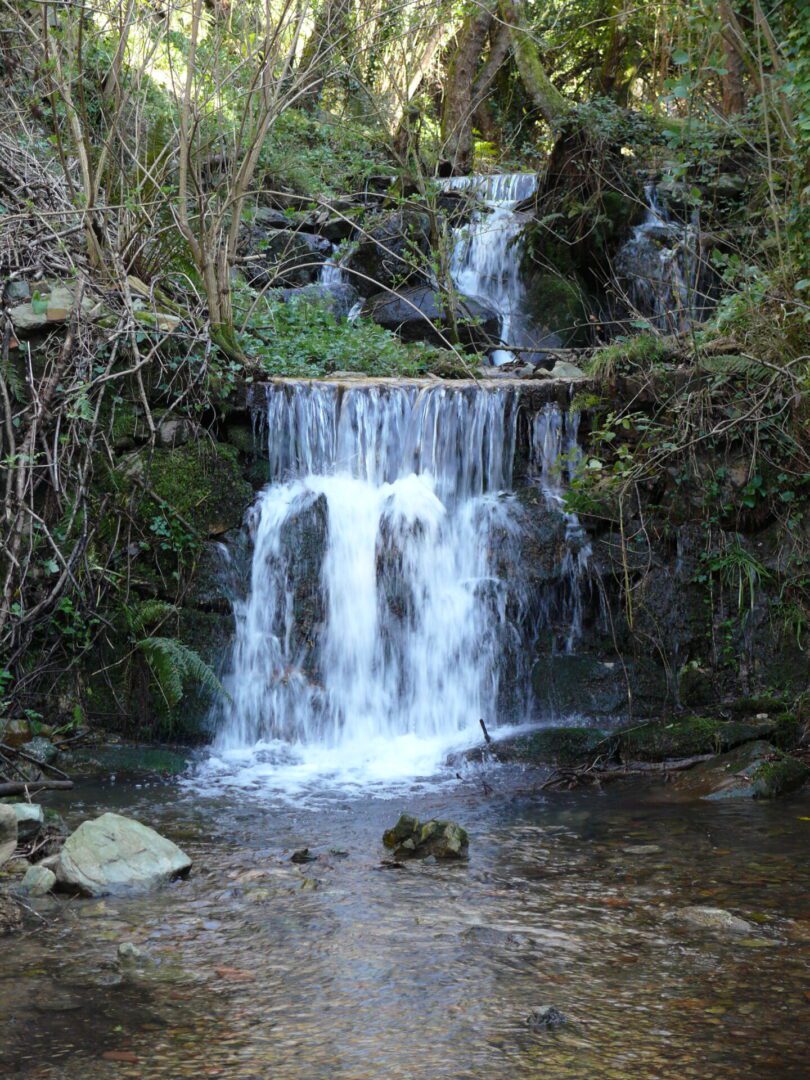
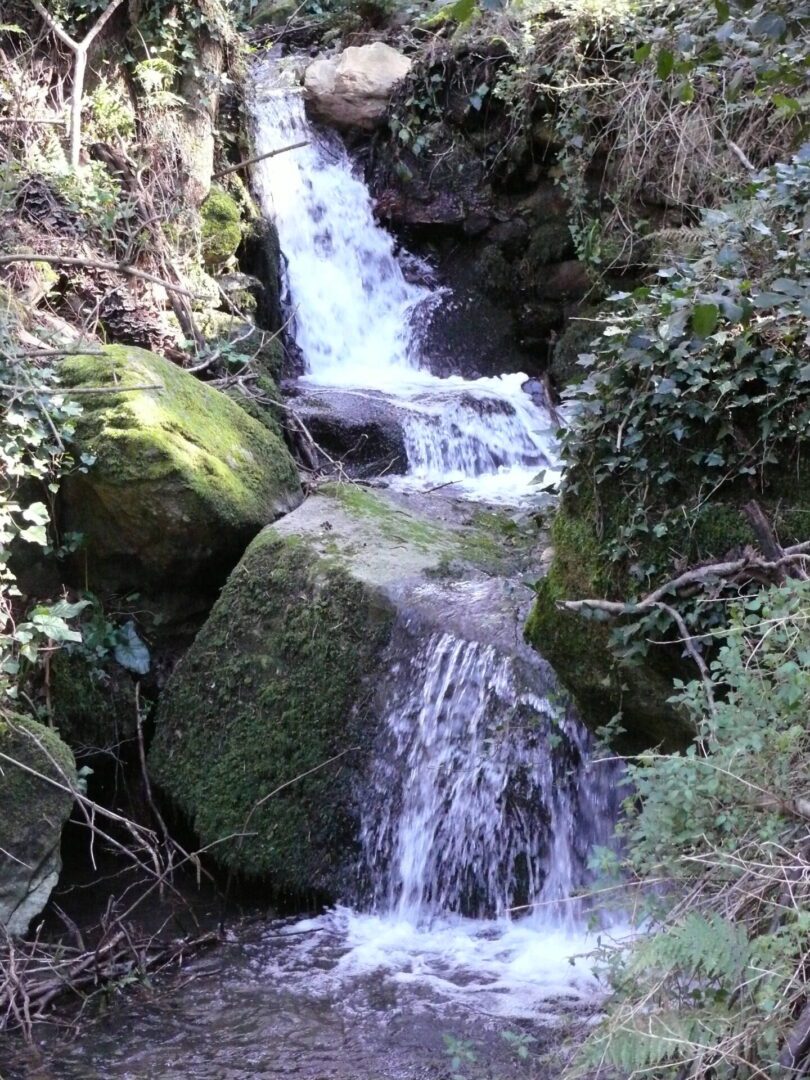
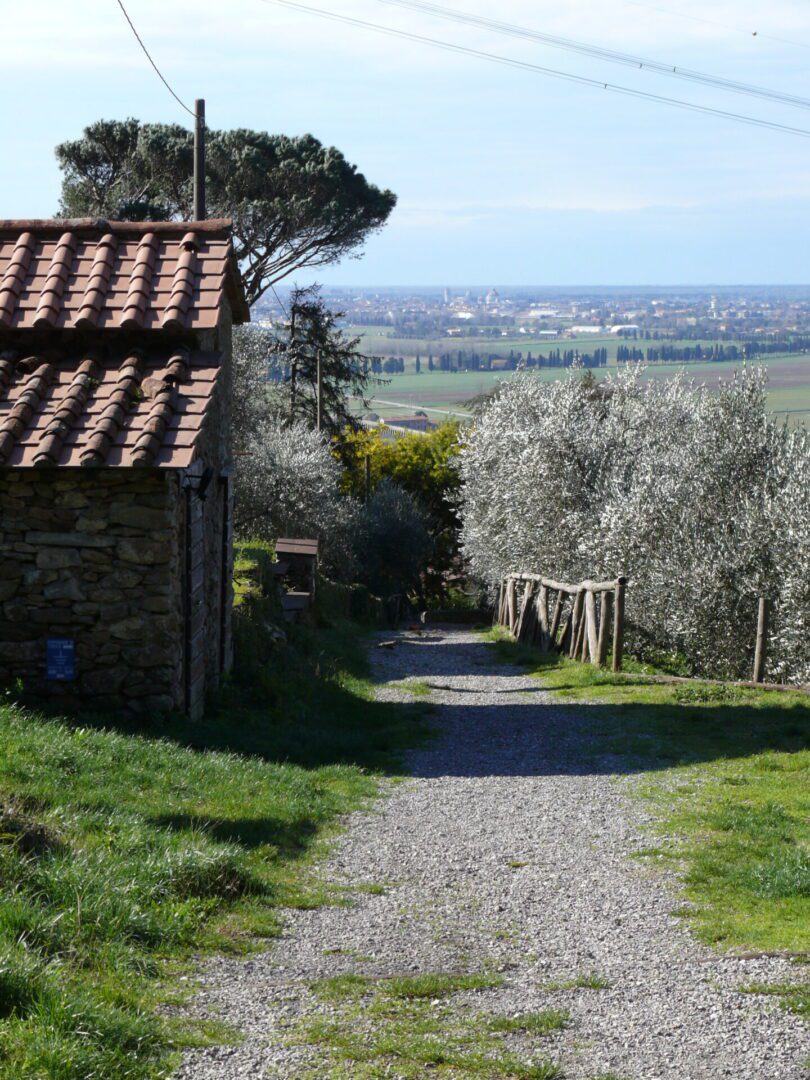
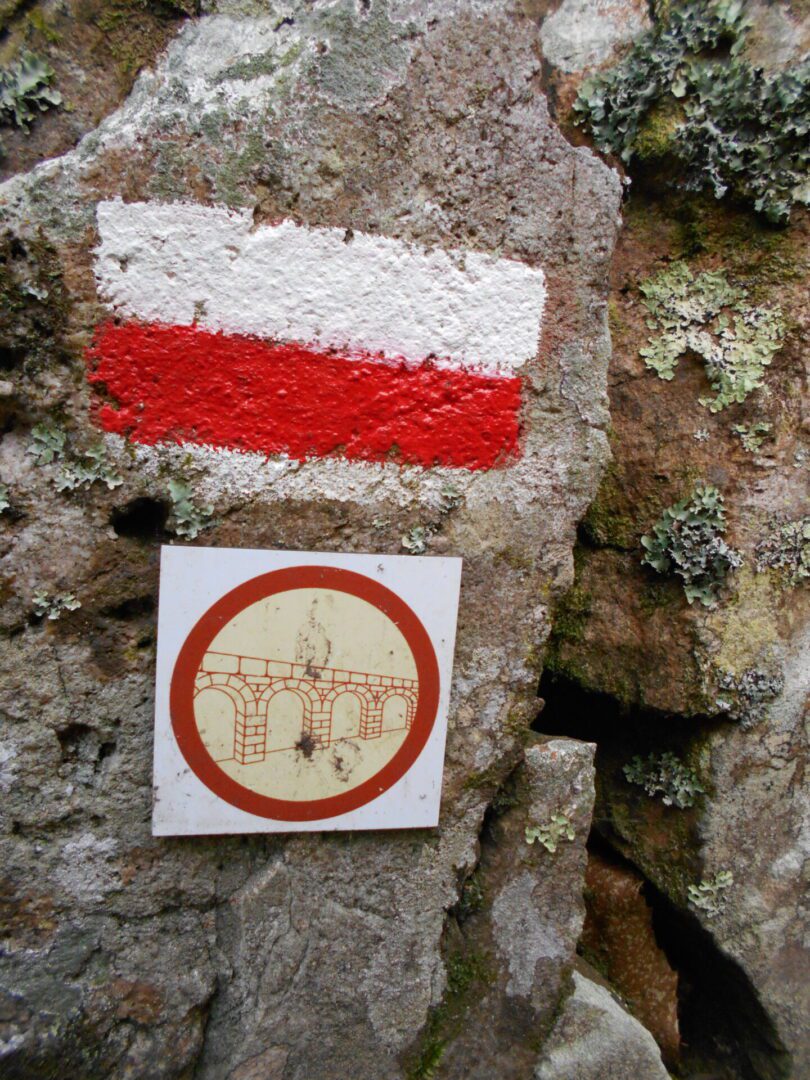
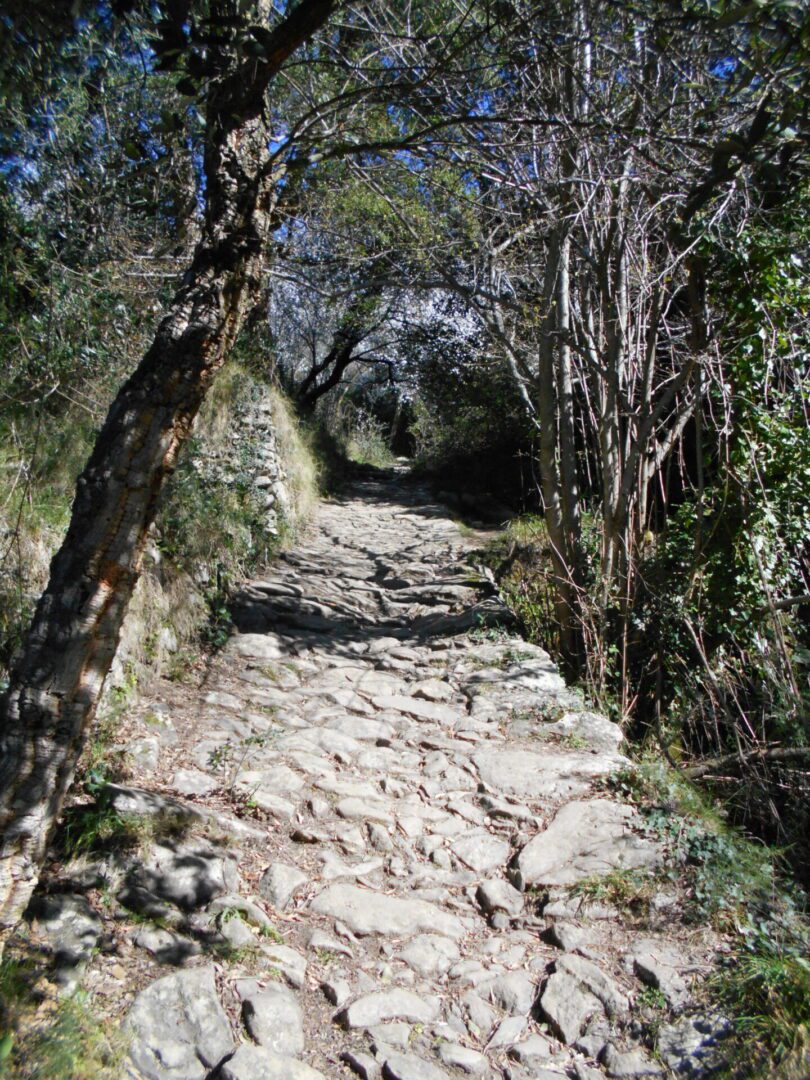
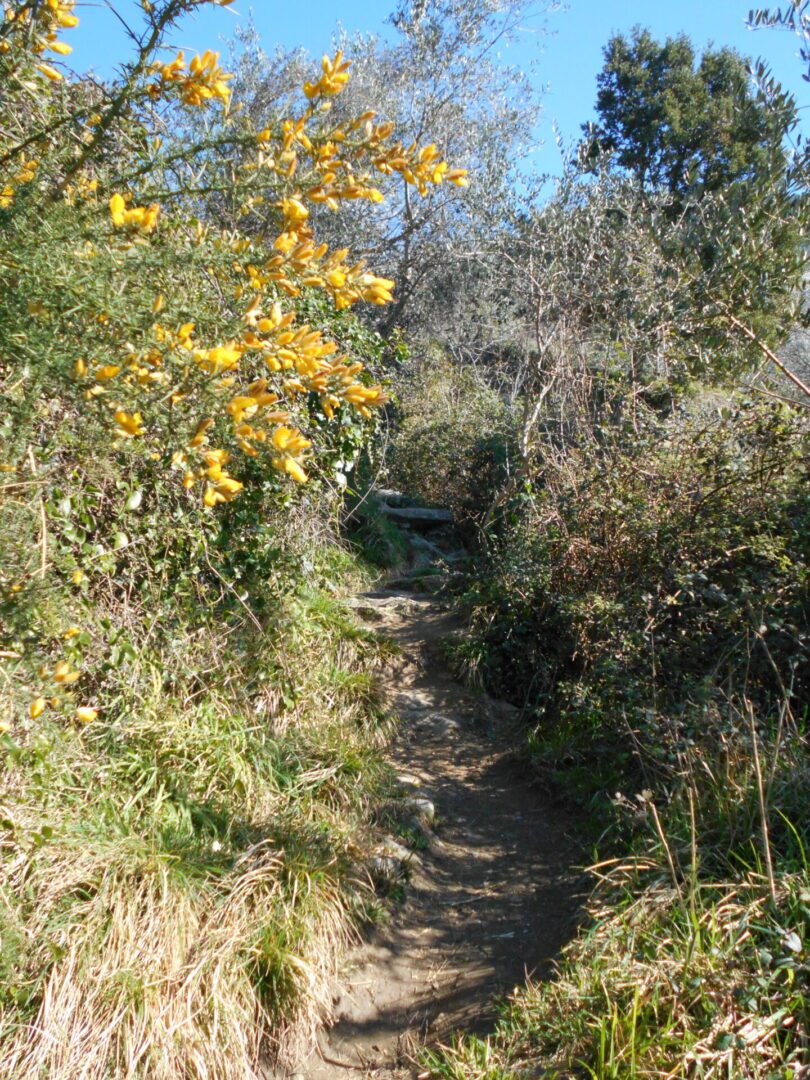
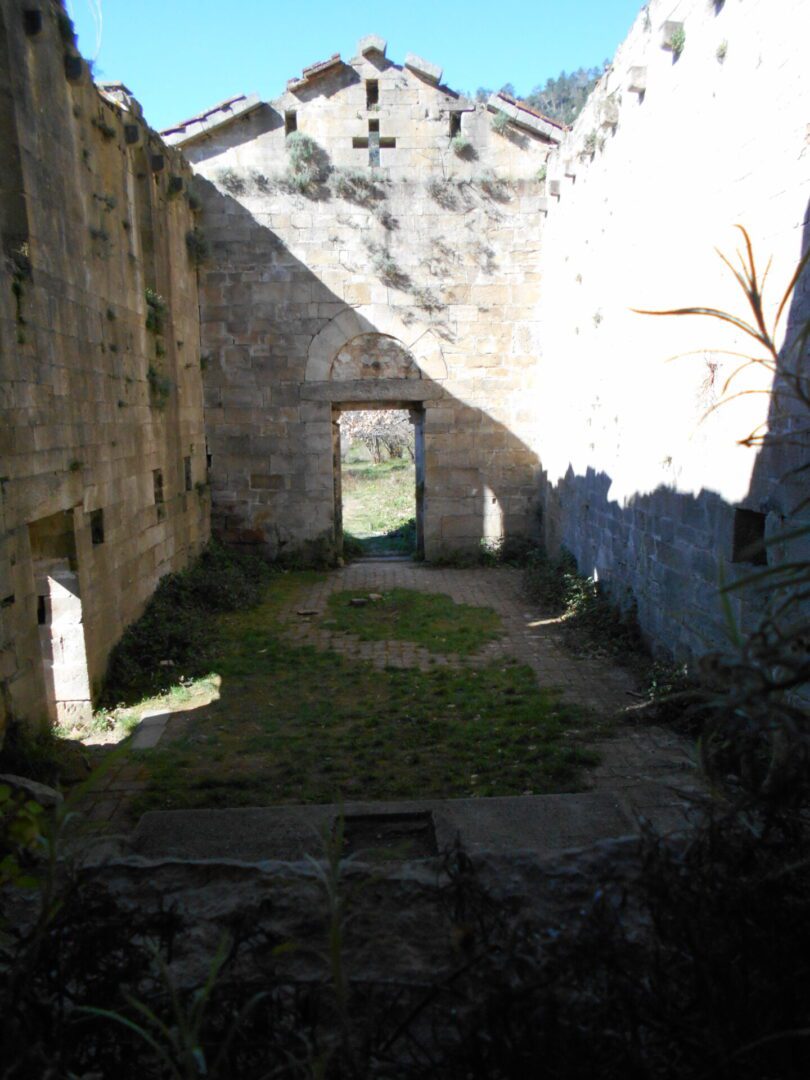
This excursion is a relatively easy circular route, which allows you to stay in the middle of nature and take a step back in time, to when the Monte Pisano area was home to hermits and monasteries.
Tuscany is a land that is home to cities such as Florence, Pisa, Siena, Lucca, Arezzo, Volterra, San Gimignano and that gave birth to excellence of poetry, art and science such as Dante, Boccaccio, Giotto, Leonardo, Michelangelo. A land of great natural, human and cultural masterpieces, which is prolific of many things, from art to food and wine. But also rural areas have historic sites worth to be visited.
The large Cistern of of Asciano Pisano (115 m), for example, is a structure born in the sixteenth century to meet the need to collect the waters of the Valley of the sources and then convey them to Pisa with the Medici aqueduct that, even today, shows its 954 arches along the road that leads from Asciano to Piazza dei Miracoli, for a total length of about 6 km. The realization of the work took about 25 years, was started by the will of Ferdinand I and concluded by Cosimo I de’ Medici.
The ancient monastic village of Mirteto (282 m) is located on the slopes of Monte Conserva and has been abandoned for decades. The most interesting building is a Romanesque church dating back to 1150, dedicated to Santa Maria di Mirteto. Structured in a single apse classroom, it preserves some interesting early medieval sculptural decorations. Having become a monastic village, it remained active until the eighteenth century, when its most important artistic work, the fifteenth-century “Madonna della Neve” (Lady of the snow), was brought to Asciano and is now visible at the local church.
Here the fauna offers a remarkable biodiversity, especially considering the small extension of the area. In particular, the entomofauna has different historical characteristics from those of the other species present in the province of Pisa. Where water is more abundant (streams, pools, etc …) there are numerous organisms that find their natural habitat in stagnant waters. These include the Gyrinus natator, a bright black beetle, a hunter with considerable mobility in the water. Then there is the Hydrous piceus, a hydrophilic beetle that lives underwater thanks to an air bubble under the elytra, the Notonecta glauca, an underwater predator that uses its legs as oars, managing to capture even fry and tadpoles. In the vicinity of the frequent waterways there are also numerous amphibians such as the salamander (Salamandra salamandra), the agile frog (Rana dalmatina) and the common toad (Bufo bufo), which can lay up to 7,000 eggs in cords even 5 meters long.
Walking uphill along the path 119, which is well marked, you’ll be accompanied by the relaxing soundtrack that characterizes this excursion, the sound of water flowing along the streams, forming spectacular small waterfalls. It should be noted that during the summer months it is possible that the water flow of the streams is reduced or, sometimes, absent, as there is a need to supply the aqueduct as a priority for urban uses.
All italian specialties can be found in local restaurants.
However, Tuscan cuisine is worldwide known for simplicity and genuineness of ingredients, capable of enhancing simple products such as bread, and is based on vegetables or meat.
The basis of the typical dishes are cereals, potatoes, vegetables, legumes and extra virgin olive oil.
We suggest Tuscan specialties such as pappa col pomodoro (pappa with tomatoes), very typical in this area, panzanella, pici with meat sauce, beans “all’uccelletto”, cecina, wild boar, cake with “bischeri”, without forgetting the “bruschetta”.
Great local wines are also the worldwide famous red “Chianti”, “Brunello” and “Bolgheri”, white “Vernaccia” and “Bianco pisano di San Torpé”, sweet wine “Vin santo”.
Some “agriturismo” are available in the area. Check on sites specialized in reservations.
- best period to visit: All year long. For excursions, the cooler periods of spring and autumn are recommended, while in summer it is preferable to walk the paths during the early hours of the morning, to avoid the high temperatures of the central part of the day.
- Circular path through trails 119, 117, 121
- For organized tours refer to www.piediincammino.it
And write to Michele or Francesca to the following e-mail address associazione@piediincammino.it